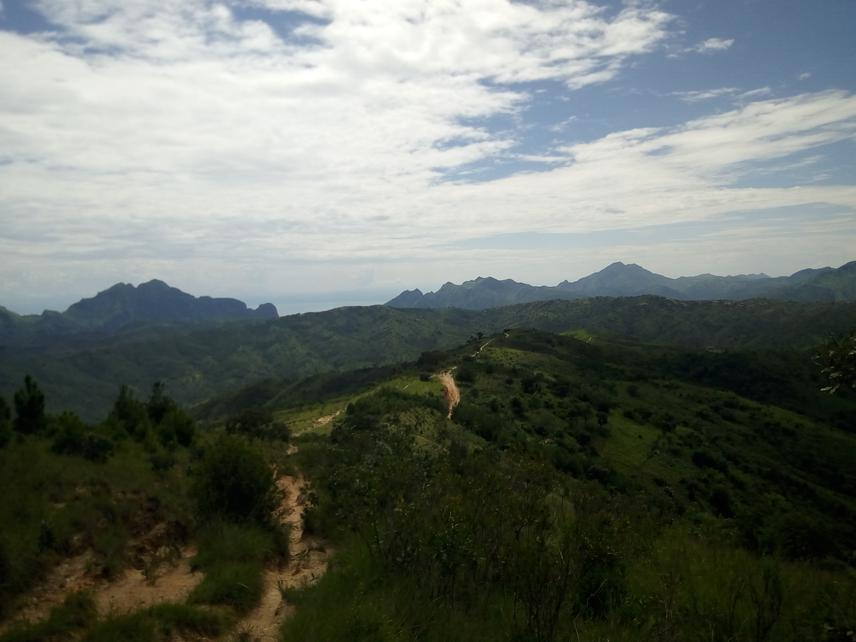Philipo Jacob
Other projects
24 May 2023
Rungwecebus Kipunji Monitoring and Awareness Raising in the Livingstone Mountains Ecosystem
Rungwecebus kipunji (Kipunji) is a species of Old-World monkey that lives in the highland forests of Tanzania. The species is categorized by IUCN as endangered species. It is found in Ndundulu Forest Reserve, Mount Rungwe and Kitulo National Park. The two forest reserves (Mt. Rungwe and Ndunduru forest reserves are highly degraded and fragmentation threatening the split of the population into three smaller populations. To date there is limited information on the population status, and vegetation dynamism.
Therefore, this study is designed to provide information on the population estimates of Rungwecebus kipunji, indicate the land use/cover changes of the area over the past 40 years; and raise awareness to both conservation organization and communities on the undergoing destructions and suggesting the possible solutions for the species survival.

Beautiful sceneries within the nature reserve.
Rungwecebus kipunji is categorized as Endangered Species by IUCN, it is a primate species found in three mountain blocks of Tanzania namely Ndundulu Forest Reserve, Rungwe Mountains Reserve and Kitulo National Park. It was discovered in 2003. Its population distribution and abundance possess a great concern for its survival. The species is highly threatened across their range by habitat loss, and habitat degradation that makes the mountains isolated from one another hence threatening the species survival (Jones et.al. 2005). Despite, these facts the Rungwecebus kipunji has not received appropriate attention.
The species falls under three distinctive protected area falling under two different management schemes, the national park authority and Tanzania Wildlife Authority for the reserves. Therefore, Kitulo National Parks is relatively well protected compared to Ndundulu forest and Mt. Rungwe forest reserves. The species is mostly seen in the Mt. Rungwe reserve which is undergoing fragmentations and its habitats are highly destructed from human activities. Poaching is taking place and there is little to no rangers for patrolling the forests. Nonetheless, few people know the conservation status of Rungwecebus kipunji, hence there is not any programs working on the species at the moment in the area. This study intends provide the population estimates using camera traps, indices and transect walks, it also intends to indicate the land use/cover changes of the area over the past 40 years by explaining how these changes might affect the species survival; and raise awareness to both conservation organization and communities on the undergoing destructions and suggesting the possible solutions for the species survival. Furthermore, the study intends to develop a long-term monitoring program for the species in the region by training the respective conservation staff in the area and provide important information crucial for the proper monitoring and conservation management of the species.